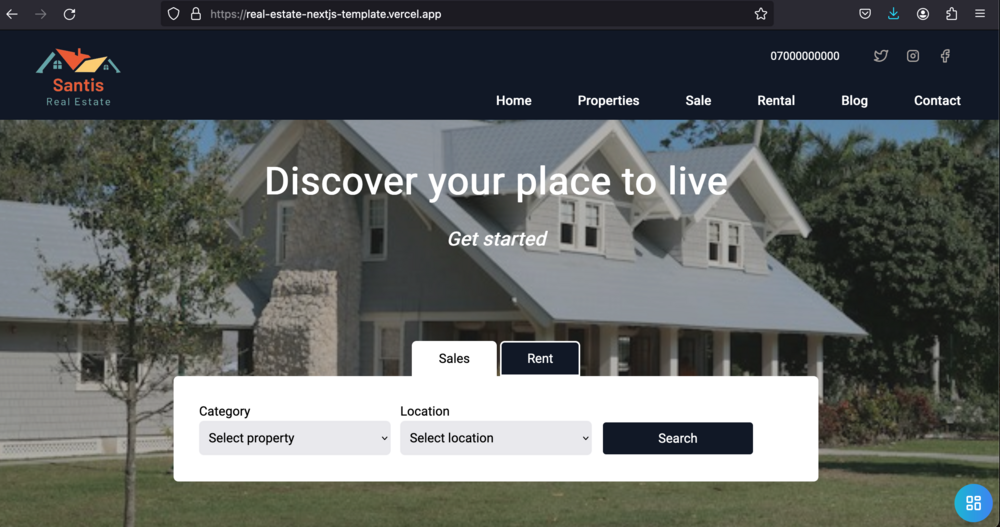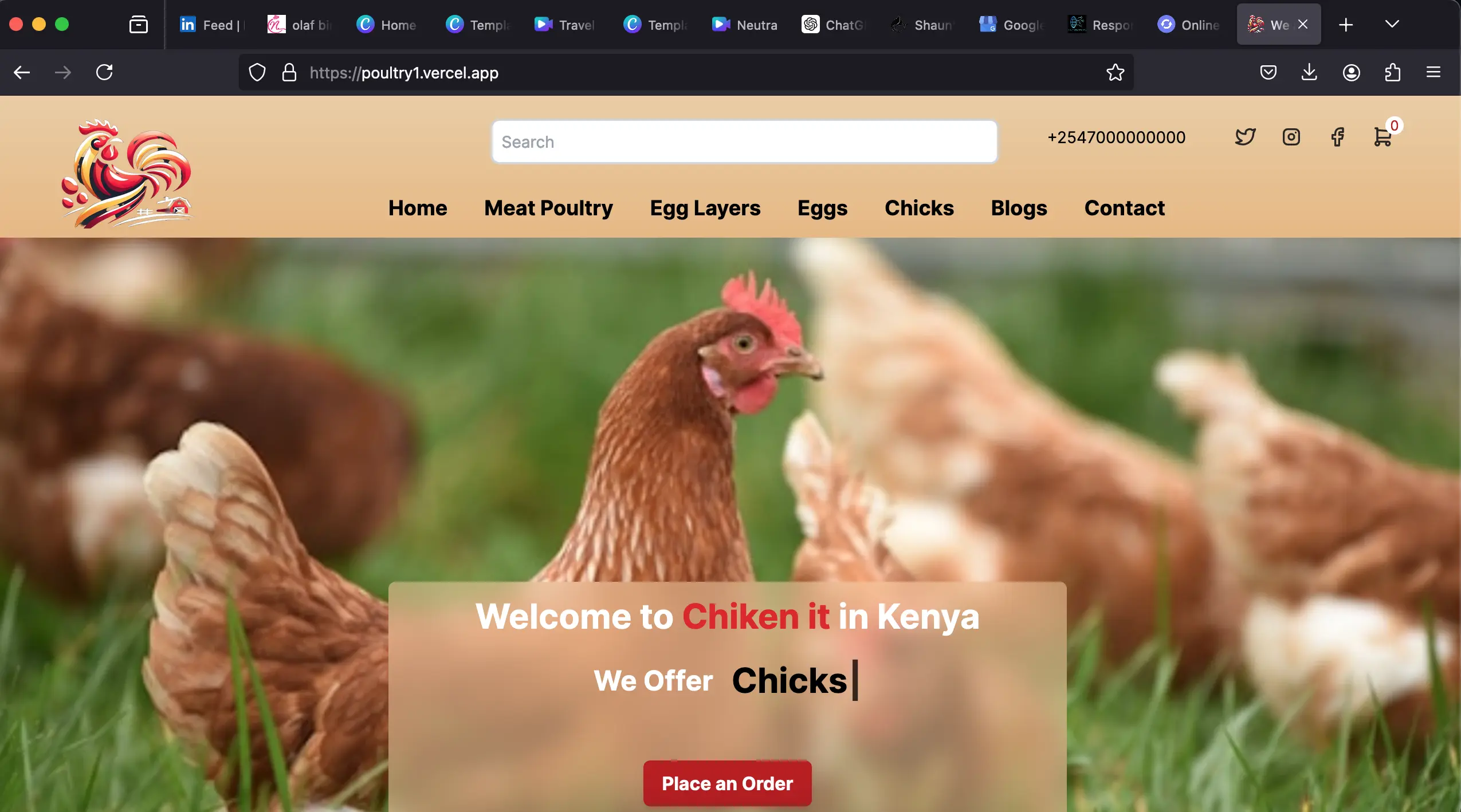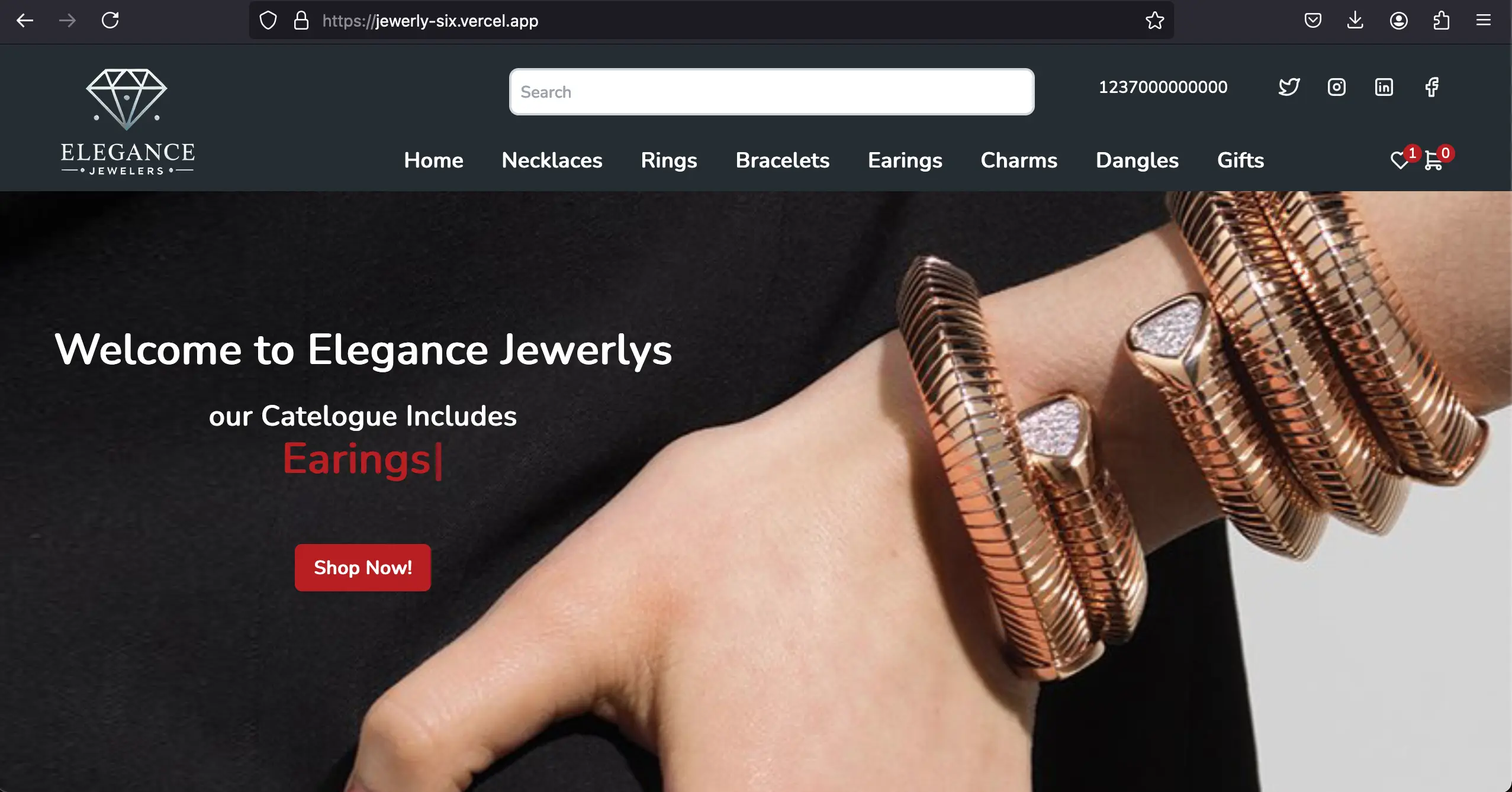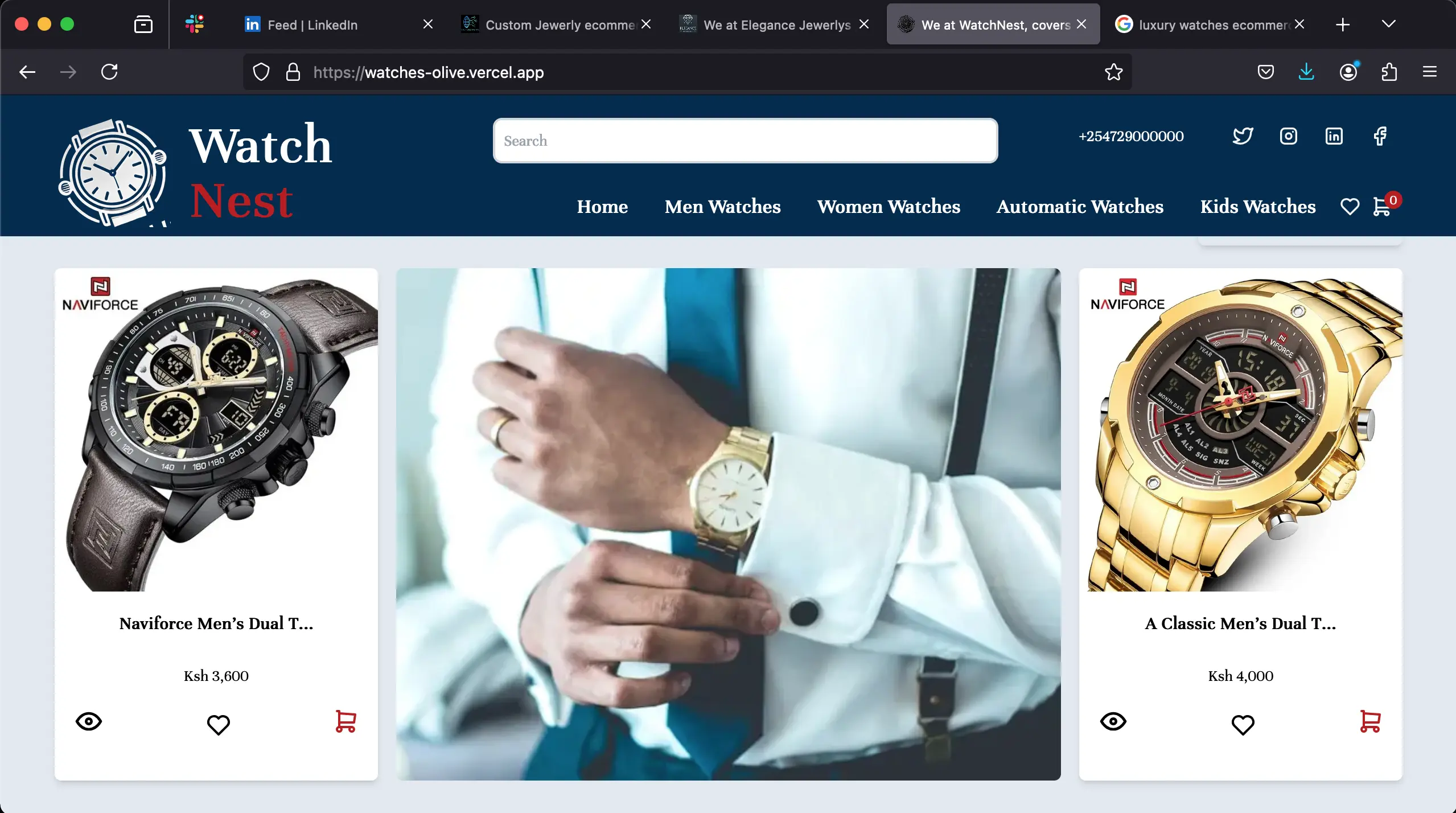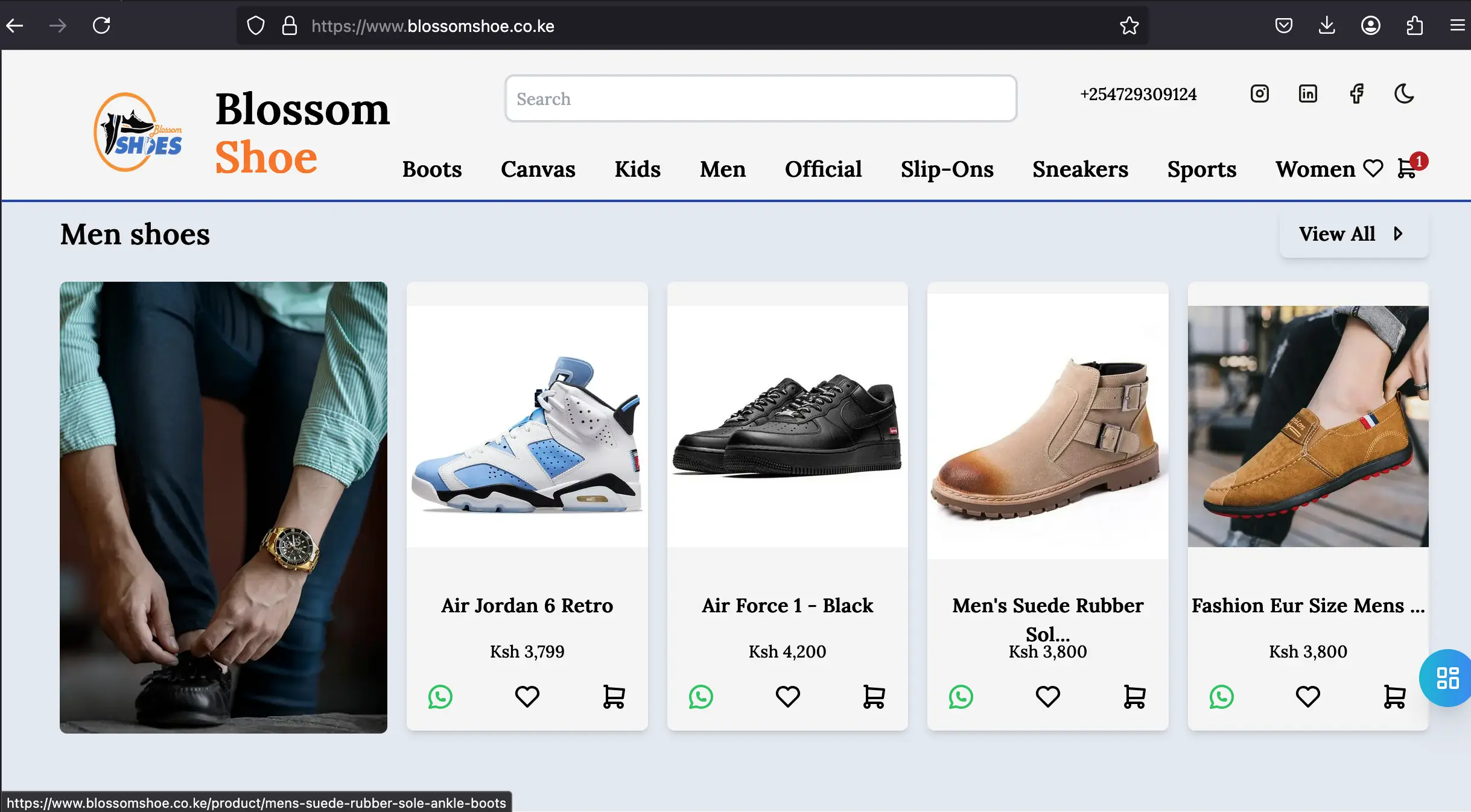
Data-Driven Strategies to Boost Your E-Commerce Visibility on Google Search Results
In the competitive world of e-commerce, appearing on the first page of Google search results is no longer optional—it’s essential. With over 5.6 billion daily Google searches, businesses that fail to optimize their online presence risk losing customers to competitors. However, achieving high visibility isn’t about guesswork; it’s about adopting a data-driven approach to marketing solutions.
By analyzing user behavior, keyword trends, and technical performance metrics, e-commerce brands can make informed decisions to improve search rankings, drive traffic, and boost conversions. This guide explores actionable, data-backed strategies to elevate your store’s visibility on Google.
1. Leverage Data Analytics to Understand User Behavior
Before optimizing your e-commerce store, you need to understand how users interact with it. Tools like Google Analytics 4 (GA4) and Google Search Console provide invaluable insights:
- Traffic Sources: Identify which channels (organic, paid, social) drive the most visitors.
- Bounce Rates: Analyze pages with high exit rates to improve content or usability.
- Conversion Paths: Track user journeys to pinpoint drop-off points in the sales funnel.
For example, if data reveals that mobile users abandon carts at a 70% higher rate than desktop users, prioritize mobile optimization or simplify checkout processes for smaller screens.
2. Conduct Advanced Keyword Research
Keyword research is the backbone of SEO, but a data-driven approach goes beyond basic tools. Use platforms like SEMrush, Ahrefs, or Google Keyword Planner to:
- Identify High-Intent Keywords: Focus on long-tail phrases (e.g., “organic cotton baby onesies size 0-3 months”) that signal purchase readiness.
- Analyze Competitor Gaps: Discover keywords your rivals rank for but you don’t.
- Track Search Volume Trends: Seasonal products (e.g., holiday decor) require timing adjustments.
Pro Tip: Use Google’s “People Also Ask” and “Related Searches” sections to uncover semantic keywords. Integrate these naturally into product descriptions and blog content.
3. Optimize On-Page SEO with Structured Data
On-page SEO ensures Google understands your content. Use data to refine:
a) Product Titles & Descriptions
- Include primary keywords (e.g., “Wireless Noise-Canceling Headphones”) but avoid stuffing.
- A/B test different titles to see which versions drive higher click-through rates (CTRs).
b) Schema Markup
Implement Product Schema to enhance rich snippets in search results. This structured data can display prices, ratings, and stock status directly on Google, improving CTRs by up to 30%.
c) Image Optimization
- Compress images to improve page speed (use tools like TinyPNG).
- Rename files with keywords (e.g., “blue-mens-running-shoes.jpg”) and add alt text.
4. Prioritize Technical SEO for Crawlability
Google’s bots need to crawl and index your site efficiently. Use data from Google Search Console to:
- Fix Crawl Errors: Resolve 404 pages or broken links.
- Improve Site Speed: Aim for a Core Web Vitals score of “Good.” Slow-loading pages harm rankings and conversions.
- Optimize URL Structure: Use clean, descriptive URLs (e.g., /shop/women-dresses instead of /product?id=123).
- also, add custom most searchable phrases like best-running-shoes-for-men with products that meets those demands.
Case Study: After fixing mobile speed issues, fashion retailers are about to experience a 20% increase in mobile traffic and a 15% rise in conversions.
5. Create Content That Matches Search Intent
Google rewards content that aligns with user intent. Analyze top-ranking pages for your target keywords to reverse-engineer their success:
- Informational Intent: Create blogs or guides (e.g., “How to Choose a carpet”).
- Commercial Intent: Publish comparison articles (e.g., “iPhone 14 vs. Samsung S23”).
- Transactional Intent: Optimize product pages with FAQs, videos, and testimonials.
6. Harness Customer Reviews for SEO and Trust
Data shows that 88% of consumers trust online reviews as much as personal recommendations. Encourage customers to leave feedback and:
- Embed reviews with Schema markup to earn star ratings in search results.
- Use sentiment analysis tools (e.g., Brandwatch) to identify common pain points and improve products.
7. Build a Data-Backed Link Profile
Backlinks from authoritative sites signal credibility to Google. Use Ahrefs’ Backlink Analyzer to:
- Identify and disavow toxic links.
- Target domains with high Domain Authority (DA) in your niche.
- Create shareable content (e.g., infographics, whitepapers) to attract organic links.
8. Monitor Competitors with Precision
Competitor analysis tools like SEMrush or SpyFu reveal:
- Their top-performing keywords.
- Ad spend strategies.
- Content gaps you can exploit.
For instance, if a competitor ranks for “sustainable activewear” but lacks a size guide, create a comprehensive sizing resource to outrank them.
9. Test, Iterate, and Scale with A/B Testing
Data-driven marketing thrives on experimentation. Use tools like Google Optimize to:
- Test different product page layouts.
- Compare CTAs (e.g., “Buy Now” vs. “Add to Cart”).
- Optimize meta descriptions for higher CTRs.
10. Stay Agile with Continuous Data Monitoring
SEO is not a one-time task. Set up automated dashboards (via Google Looker Studio or Databox) to track:
- Keyword rankings.
- Organic traffic trends.
- Conversion rates.
Adjust strategies quarterly based on performance data and algorithm updates.
In Conclusion
Improving e-commerce visibility on Google requires a blend of technical expertise, content excellence, and relentless data analysis. By adopting these data-driven strategies—from advanced keyword research to A/B testing—you can climb search rankings, attract qualified traffic, and drive sustainable growth.
Our Templates
Our Trending blogs

Myrachanto
As a Full Stack Web Developer with 7+ years of experience, I specialize in Golang (5+ years) and modern frameworks like React.js, Next.js, and Qwik.js, paired with Tailwind CSS for sleek front-end design. My architectural foundation blends Domain-Driven Design (DDD) and Hexagonal Architecture, ensuring scalable, maintainable systems aligned with business objectives

